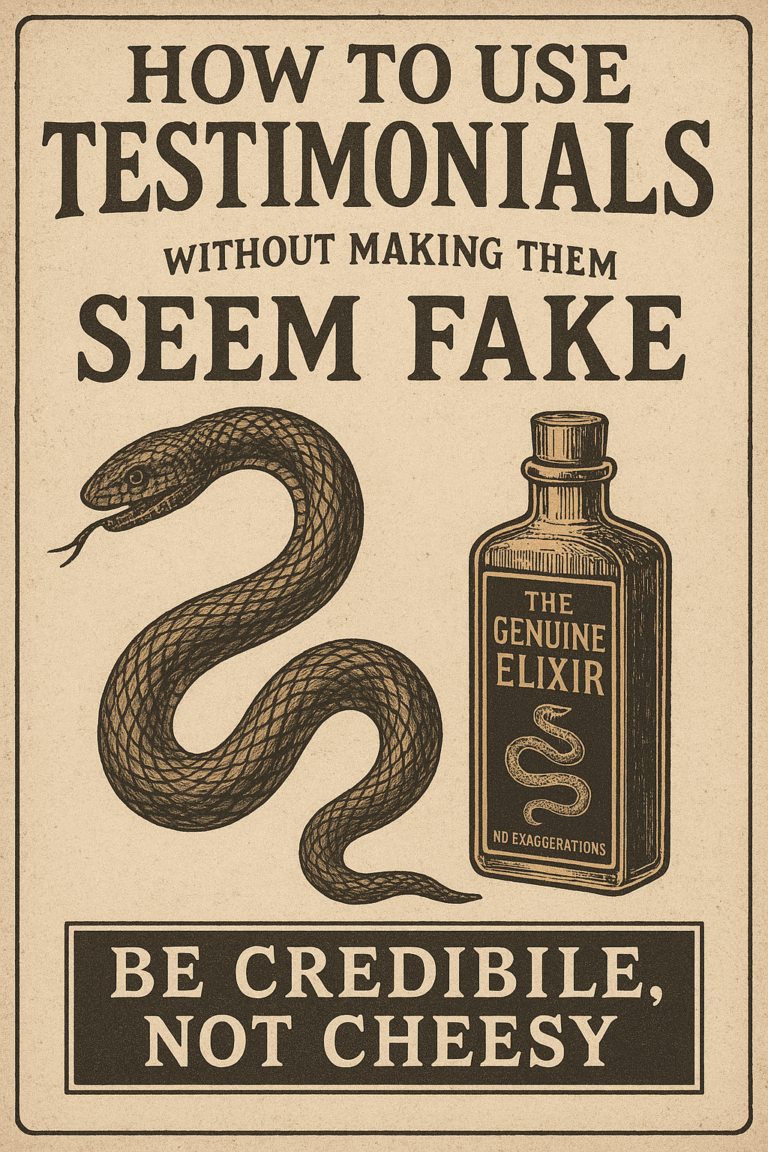
Creating quality content for your website is essential, whether you’re a small business owner or a marketing professional. An informative, engaging, and easy-to-read website can greatly boost your online presence and help you reach your desired audience.
In this blog post, we’ll explore the best practices for website content creation, breaking down the process into several clearly defined sections. By the end of this guide, you’ll have a firm grasp on how to create content that not only looks great but also consistently provides value to your readers.
Let’s dive right in!
1. Start with a Clear Goal
Before you begin writing, it’s crucial to establish a clear goal for your content. What do you want to achieve with this particular piece? Are you aiming to educate your audience, promote your products or services, or simply engage your readers?
Once you’ve determined your purpose, ensure that your content stays focused and relevant. Having a clear goal will make it easier to maintain consistency throughout your writing and improve the overall effectiveness of your website content.
“Begin with the end in mind.” – Stephen Covey
2. Provide Value to Your Readers
Your content should always provide value to your readers, regardless of the specific topic you’re covering. This can come in various forms: offering solutions, answering questions, sharing insights, or simply entertaining.
To achieve this, make sure your content is:
- Relevant to your target audience
- Expertly researched
- Presenting original ideas and perspectives
Providing value also involves showcasing your brand’s unique voice and personality. This can help your content stand out, foster a connection with your audience, and ultimately, lead to loyal customers or followers.
3. Conduct Thorough Research
Quality content relies heavily on accurate and up-to-date information. Before you dive into writing, take the time to conduct thorough research on your chosen topic. This will allow you to share credible and reliable insights, boosting your reputation as a trusted source in your field.
When researching, consider the following:
- Use reputable sources, such as academic articles, reputable publications, and government websites
- Verify facts and statistics from multiple sources
- Keep track of your sources for proper citation or linking
Furthermore, stay informed on industry trends and developments to keep your content fresh and relevant.
4. Include Engaging Visuals
Visuals play a key role in making your content more engaging and enjoyable for your readers. Studies have shown that upwards of 60% of people are visual learners, meaning they retain information better when it’s presented visually.
Adding relevant images, infographics, videos, or even GIFs to your content can greatly enhance its appeal and efficacy. Visuals not only break up large blocks of text, but they also help clarify complex concepts and keep readers interested.
5. Write for Scannability
Most people scan web pages rather than read them word-for-word, so it’s important to make your content as scannable as possible. This means using short paragraphs, relevant subheadings and keywords, bullet points or numbered lists, and plenty of white space.
Additionally, focus on the needs of your readers and avoid “fluff” words or phrases. Keep your writing concise and to the point, ensuring that each sentence serves a purpose.
6. Optimize Your Content for SEO
Search optimization (SEO) plays a key role in driving organic traffic to your website. Use SEO best practices such as including relevant keywords, using meta tags, and referencing internal and external links when possible.
This will help improve your content’s search engine ranking and increase the likelihood of it showing up in search results. Optimizing your content for SEO will help ensure that it’s found by the right people, increasing your chances of connecting with potential customers.
7. Use Calls-to-Action (CTAs) to Encourage Engagement
Encourage your readers to take action with the use of strategically placed calls-to-action (CTAs). This can come in many forms, such as a discount or free trial offer for products and services subscriptions for newsletters, or sign-up forms for webinars .
CTAs help guide readers down the desired path and can increase engagement, build relationships, and boost conversions.
8. Edit and Proofread Your Content for Clarity and Consistency
Editing and proofreading are essential steps in the content creation process. Once you’ve written your content, be sure to review it for any typos, spelling errors, grammar mistakes, or other issues that can affect readability.
Also, double-check your facts and figures to make sure they are accurate. If possible, have another pair of eyes review your work and provide feedback before you hit publish. This will help ensure that your content is polished and professional-looking, giving readers more confidence in what you’ve shared.
9. Regularly Update Your Content
A well-maintained website is vital in maintaining and growing your online presence. Regularly updating and improving your content keeps your readers engaged and ensures your website stays relevant and informative.
Consider revisiting your existing content to:
- Add recent developments or industry updates
- Incorporate new research or data
- Update outdated backlinks and resources
- Improve your overall content quality and SEO
In Conclusion
Creating effective website content requires a great deal of research, planning, and optimization. By following the tips outlined in this blog post – such as researching your topic thoroughly, incorporating engaging visuals into your content, writing for scannability, optimizing your content for SEO, using calls-to-action (CTAs) to encourage engagement, editing and proofreading for clarity and consistency – you can ensure that your website is up to date with industry standards and trends. With regular updates to keep it fresh and relevant over time, you’ll be well on your way to creating an attractive online presence that engages visitors from all corners of the web.





